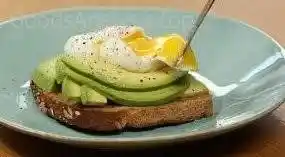Poached eggs—delicate, tender, and a real treat for the senses. There’s a reason why these gems often make an appearance on brunch menus, as well as in upscale dining. But, don’t let their sophisticated reputation fool you: poaching eggs is one of the simplest techniques to master in the kitchen. And once you’ve cracked it, you’ll wonder why you didn’t start sooner.
In this guide, we’ll not only walk you through the process of making perfectly poached eggs but also explore the science behind it, discuss common mistakes, and offer helpful tips to improve your technique. We’ll also touch on the health benefits and considerations, so you can enjoy your poached eggs with confidence.
Let’s dive into the wonderful world of poached eggs!
What Is a Poached Egg?
A poached egg is simply an egg that’s been gently cooked in water just below the boiling point. The egg whites set, while the yolk remains soft, creamy, and runny. Unlike hard-boiled or scrambled eggs, poached eggs are delicate and require a bit more care, but the results are definitely worth it.
The Science Behind Poaching Eggs
When you crack an egg into hot water, the proteins in the egg white begin to coagulate, or solidify. The whites, which are primarily made up of water and protein, form a soft, delicate structure as they cook. The yolk, which is made mostly of fat, remains less affected by the heat and stays liquid unless you cook it for longer. Poaching eggs at a low, consistent temperature ensures that the whites cook evenly while the yolk stays intact and velvety.
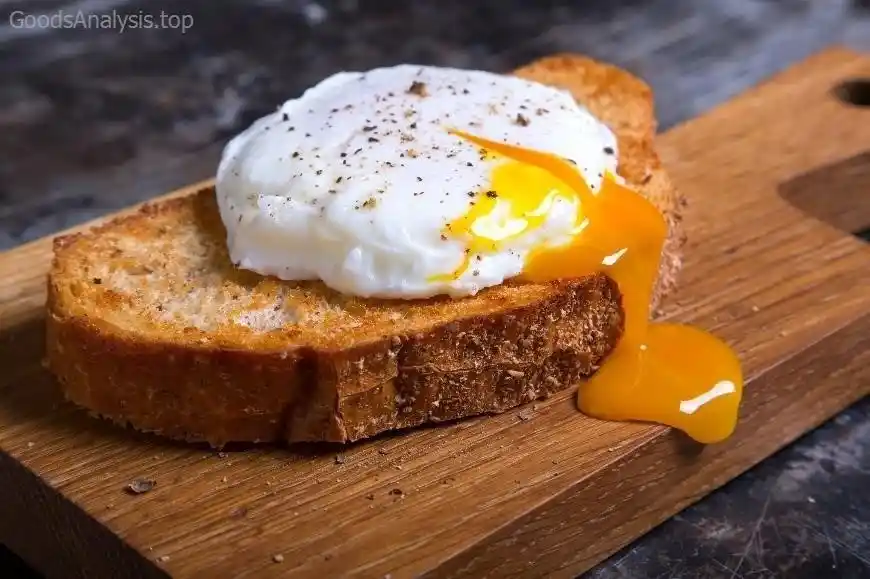
But here’s the trick: you want the water to be hot enough to cook the egg, but not so hot that it causes the egg to break apart or overcook. The ideal water temperature for poaching is around 180°F (82°C)—just below the boiling point.
Step-by-Step Guide to Poaching Eggs
Ingredients:
- Fresh eggs (the fresher, the better)
- Water
- A dash of vinegar (optional, but highly recommended)
Equipment:
- Deep pan or saucepan
- Slotted spoon
- Small cup or ramekin
- Timer
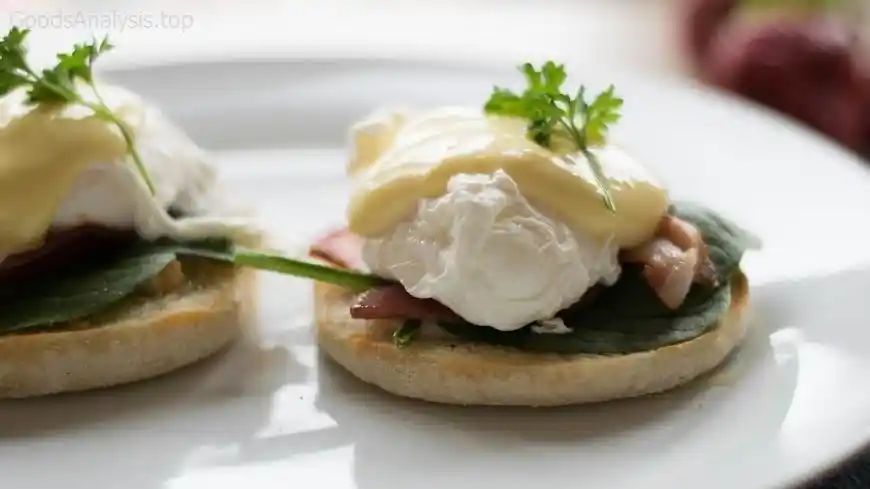
Instructions:
- Fill a Deep Pan with Water
Choose a pan deep enough to allow the egg to submerge without touching the bottom. Fill it with about 3–4 inches of water. Add a splash of vinegar (1–2 teaspoons). This helps the egg whites to set faster and can prevent them from spreading out too much in the water. Don’t worry—vinegar won’t affect the taste. - Bring the Water to a Gentle Simmer
Heat the water over medium heat and bring it to a gentle simmer. You should see small bubbles forming on the surface, but the water should not be boiling. A full boil will cause the eggs to break apart. - Crack the Egg into a Small Bowl or Ramekin
This helps ensure you don’t accidentally get any eggshells into the water, and it makes it easier to slide the egg gently into the simmering water. - Create a Gentle Whirlpool (Optional)
Some people swear by creating a whirlpool in the water before adding the egg. You can do this by stirring the water in a circular motion with a spoon, which helps the egg white wrap around the yolk. However, this is a matter of preference—some people find it unnecessary, especially with very fresh eggs. - Slide the Egg Into the Water
Gently lower the bowl or ramekin near the surface of the water and let the egg slide in. Avoid splashing! Let it cook undisturbed for about 3 to 4 minutes. The whites should be set, but the yolk should still be soft and runny. - Check for Doneness
You can gently lift the egg with a slotted spoon to see if it’s done. The whites should be firm but tender, and the yolk should still jiggle when you gently touch it. If you prefer a firmer yolk, cook for a minute or two longer. - Remove the Egg and Drain
Use a slotted spoon to remove the egg from the water. Let any excess water drain off by gently resting the egg on a paper towel or clean kitchen cloth. - Serve Immediately
Poached eggs are best enjoyed right away. They can be served on toast, as part of a salad, or over a dish like Eggs Benedict.

Common Poaching Pitfalls (And How to Avoid Them)
Poaching eggs can be a little tricky, especially if you’re new to it. Here are a few common mistakes to avoid:
- Water That’s Too Hot
If the water is boiling, the eggs will be too jostled in the pot, which can cause them to break apart or cook unevenly. Keep the water just below a boil (around 180°F or 82°C). - Using Old Eggs
Fresh eggs are ideal for poaching. As eggs age, the whites become runnier and more difficult to set. If possible, buy your eggs a few days before you want to poach them. Older eggs are better for hard boiling. - Overcooking the Eggs
Poached eggs don’t take long to cook—usually 3 to 4 minutes. If you leave them in the water too long, the yolk will become firm and the whites may turn rubbery. Set a timer to keep track. - Eggshells in the Water
Even the most experienced chefs can occasionally drop eggshells into the water. Use a small bowl to crack the egg into first, then gently slide it into the water.

The Health Benefits of Poached Eggs
Eggs, in general, are packed with high-quality protein, healthy fats, and essential vitamins and minerals. Poaching eggs is one of the healthiest ways to prepare them, as it doesn’t require any oil or butter. The result is a dish that’s rich in nutrients while being relatively low in calories.
- Protein: Eggs are an excellent source of high-quality protein, important for muscle building and repair.
- Vitamins & Minerals: Eggs provide vitamins A, D, E, and B12, as well as folate, iron, and zinc.
- Heart Health: When you poach eggs, you avoid the extra fats found in frying methods. This makes poached eggs a heart-healthy option compared to some other cooking techniques.
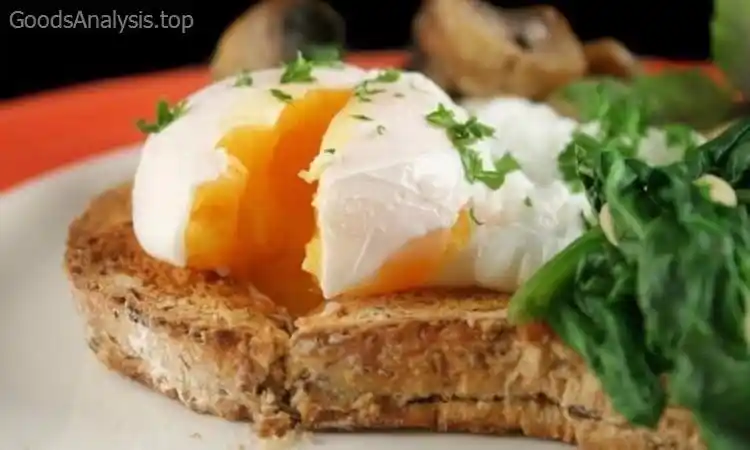
Considerations
While poached eggs are healthy, there are a few things to keep in mind:
- Cholesterol: Eggs are known for being high in cholesterol, though recent research suggests that for most people, dietary cholesterol does not significantly impact blood cholesterol levels. If you have concerns about cholesterol, you may want to consult with a healthcare professional.
- Salmonella Risk: Like any egg dish, poached eggs carry a small risk of salmonella if they’re not cooked properly. Make sure to use fresh eggs and cook them just long enough to ensure the whites are firm and the yolk is runny but safe.
Real Opinions on Poached Eggs
Here’s what some people from different walks of life have to say about poached eggs:
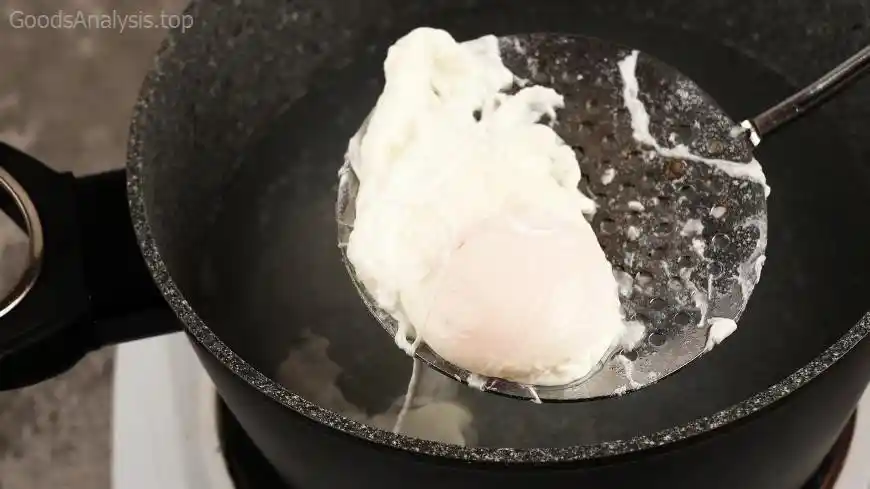
- Carlos, 42, Brazil: “I never understood the hype around poached eggs until I tried them. I love them on top of avocado toast—perfect way to start the day!”
- Linda, 56, USA: “I’ve been making poached eggs for years, and they’re the perfect addition to any breakfast. My secret is using a bit of vinegar in the water—it keeps the egg whites together.”
- Ayesha, 31, India: “Poached eggs are a rare treat for me, but I love them on a rainy day. I sometimes sprinkle a little chili powder on top for a twist!”
- Paul, 67, UK: “I’ve made poached eggs for decades, and my advice to anyone trying them is: patience is key. The first few tries might not be perfect, but keep at it!”
- Nguyen, 25, Vietnam: “I first learned to poach eggs from a friend. It’s so simple but elegant. I love pairing them with a warm bowl of pho for breakfast.”
Final Thoughts
Making poached eggs is a skill that anyone can learn with just a bit of practice. Whether you’re serving them with toast, over a salad, or as part of a more elaborate dish like Eggs Benedict, poached eggs are a versatile and nutritious option that’s sure to impress.
If you’re struggling, don’t give up! Poaching eggs is one of those things that improves with every try. With fresh eggs, the right temperature, and a bit of care, you’ll be making perfect poached eggs in no time.
So, go ahead—give it a try, and enjoy a little luxury at home!

